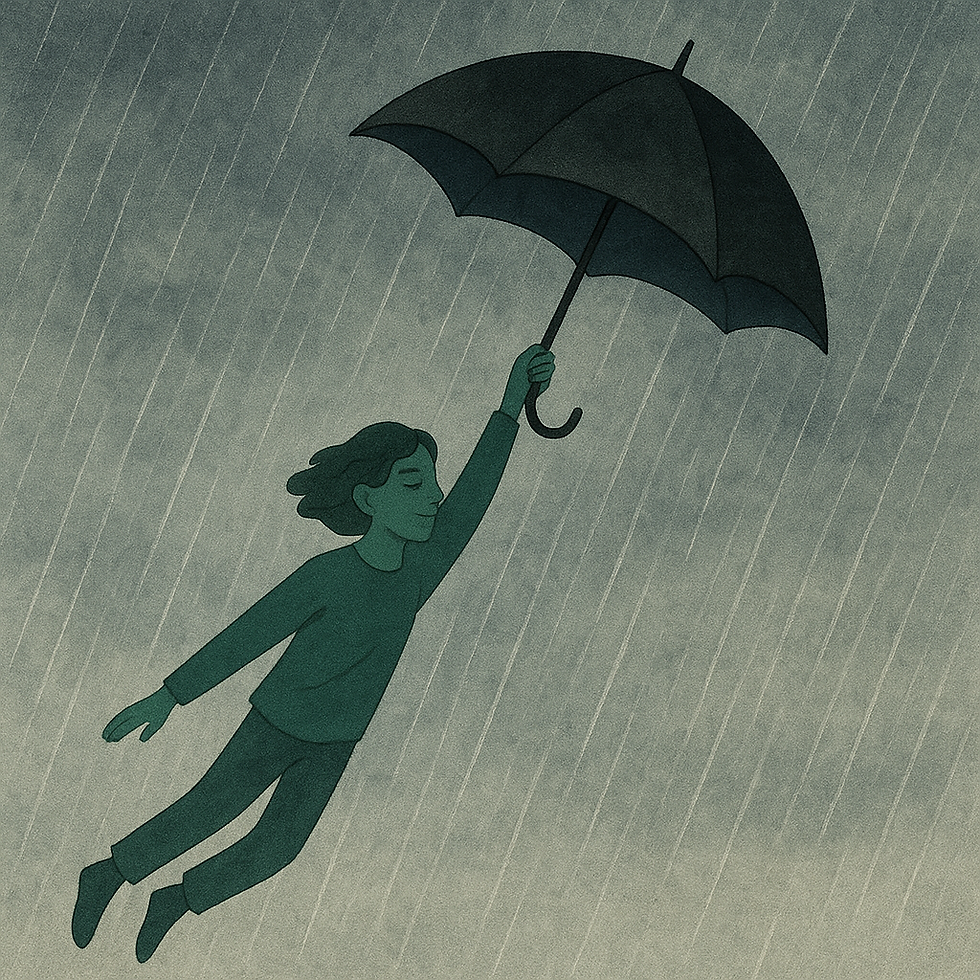The Flight Response in Trauma: When Safety Means Staying One Step Ahead
- elizabethkeanthera
- Aug 18
- 2 min read
The nervous system is wired for survival. When we encounter threat, our bodies instinctively move into protective responses: fight, flight, freeze, or fawn. These are not conscious choices but deeply rooted biological reactions. One of the most overlooked and misunderstood of these is the flight response, the drive to escape danger by moving, doing, or avoiding. For many trauma survivors, this response doesn’t stop when the threat is over. It becomes a way of being.

What is the Flight Response?
The flight response is a state of hyperactivation. It’s the urge to move away from discomfort, whether physical, emotional, or relational. This can show up as:
Restlessness or chronic busyness
Difficulty sitting still or slowing down
Overworking or overachieving
Avoiding emotional intimacy
Feeling anxious in stillness or silence
According to Peter Levine, the founder of Somatic Experiencing, trauma is “not in the event itself but in the nervous system.” If the body was unable to complete a natural escape or defensive response at the time of threat, the energy of that response can stay trapped. The result is a persistent drive to outrun the internal sensations of danger, long after the external threat has passed.
Why Flight Can Feel So Normal
Bessel van der Kolk, in The Body Keeps the Score, explains that trauma reshapes the nervous system, altering how we perceive threat and safety. When someone has experienced chronic emotional stress, such as growing up in an unpredictable or emotionally neglectful environment, the body may adapt by staying on the move. Movement becomes a way to regulate overwhelming internal states. Productivity becomes protection.
From the outside, people in a chronic flight state can seem high-functioning. But underneath, there is often exhaustion, anxiety, and a deep sense of disconnection from the self.
The Link to Avoidant Attachment
The flight response closely mirrors patterns seen in avoidant attachment. Children who grow up with caregivers who are emotionally unavailable, dismissive, or rejecting often learn that vulnerability is unsafe. They may adapt by becoming self-reliant and emotionally distant. As adults, they might:
Withdraw when things get too emotionally close
Prioritise independence over connection
Feel overwhelmed by others’ emotional needs
Distrust the safety of emotional intimacy
This attachment pattern is not a personality flaw. It is a protective adaptation, shaped by a nervous system that has learned to associate closeness with potential pain. Gabor Maté writes that “trauma is not what happens to you, but what happens inside you as a result of what happens to you.” When the body equates stillness with vulnerability, movement and distance feel like the only safe choices.
Healing the Flight Response
Working with the flight response means slowing down with care, not force. In integrative somatic therapy, we begin to notice the impulses to flee and gently track the sensations underneath. Healing is not about removing the instinct to move, but about expanding the nervous system’s capacity to tolerate presence and connection.
This work involves:
Building awareness of flight-based behaviours and what triggers them
Learning how to safely stay with discomfort in small doses
Exploring the underlying beliefs that drive the need to escape
Reclaiming rest, stillness, and emotional closeness as safe
When the body begins to trust that it no longer needs to run, space opens for genuine connection, with others and with yourself.




Comments